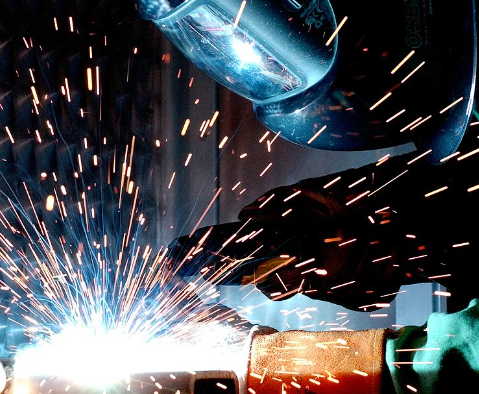Flux Cored Wire
 Flux cored arc welding (FCAW) is an electric arc
welding process that uses an arc between a continuously
fed flux-filled electrode and the weld pool. The process
is used with shielded gas from a flux contained within
the tubular electrode with or without additional
shielding from an externally supplied gas.
Flux cored arc welding (FCAW) is an electric arc
welding process that uses an arc between a continuously
fed flux-filled electrode and the weld pool. The process
is used with shielded gas from a flux contained within
the tubular electrode with or without additional
shielding from an externally supplied gas.
The flux cored and metal cored welding wires are
commonly use in the off shore, pipe line, pressure
vessels, ship building, earth moving equipment, rail car
manufacturing segments and many others. They are
becoming more and more popular within the robotic
applications, for example in the automotive industry
(cars, trucks, buses…) due to their higher deposition
rate compare to the standard solid welding wires.
Tubular welding wires research and development are very
active to further enhance the Submerged Arc Welding
(SAW) process to obtain better mechanical properties of
the welded joins, higher travel speeds with higher
deposition rates than traditional solid wires. The
tubular wire manufacturing process open a new window of
opportunity to welding engineers for new wire and flux
combinations to answer demanding customers.
Our Advanced Welding Wire Solution to produce tubular
welding wire is composed of a strip pay-off, a tube mill
line (forming, filling and closing stations), a rolling
line (with micro cassettes) and a wire take-up.
ARC Welding Electrode



